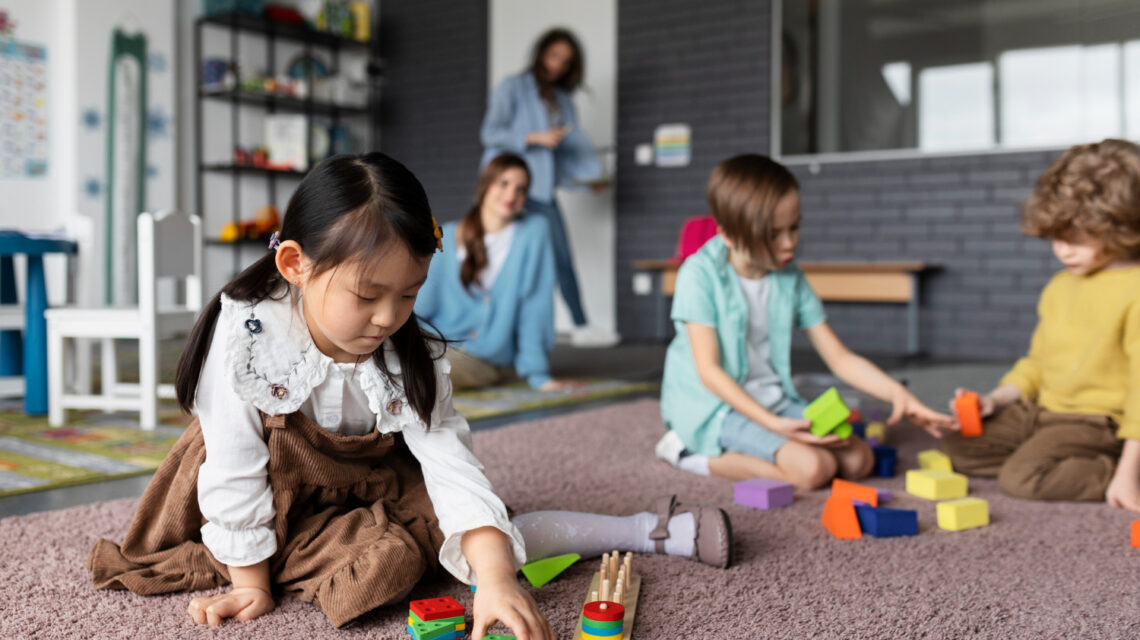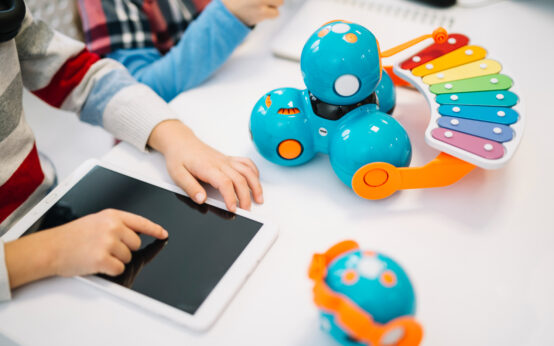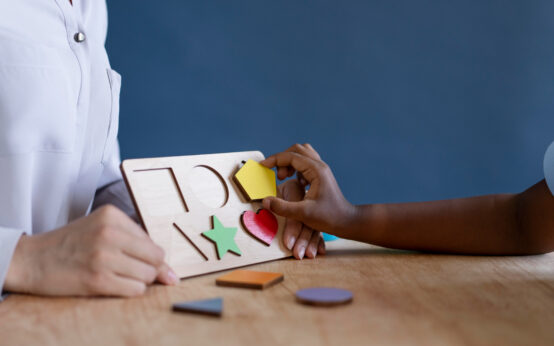Introduction
Floortime play therapy serves as a valuable tool for nurturing emotional connections and enhancing communication skills in children on the autism spectrum. This structured play program can be implemented by professionals, parents, guardians, or para-professionals across various settings.
Diverging from behavioral therapies, Floortime places a strong emphasis on facilitating meaningful connections for autistic children and adolescents. Not only is it a low-risk approach, but it also proves to be a cost-effective method for expanding a child’s emotional and social capabilities. Engaging in Floortime activities not only fosters a stronger bond between parents or guardians and their children but also makes the process enjoyable.
This article delves into the intricacies of Floortime, elucidating its mechanisms, presenting associated benefits and challenges. It aims to provide comprehensive insights into play therapy for autistic children, shedding light on why Floortime may be a suitable option.
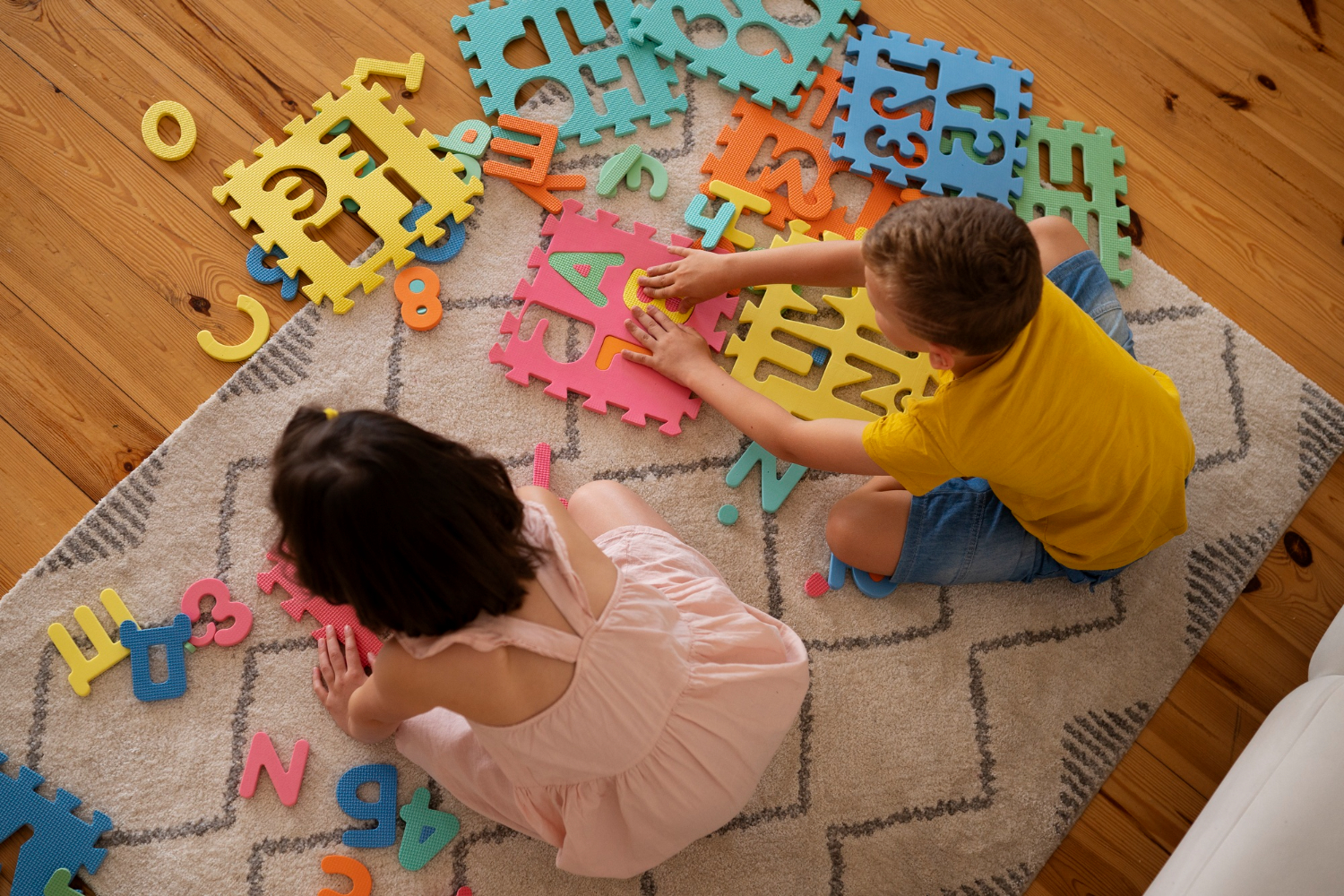
Historical Background
Floortime originated in 1979, crafted by Dr. Serena Weider and the late Dr. Stanley Greenspan. Both esteemed psychologists and authors, their influential works, “The Child with Supportive Needs” and “Engaging Autism,” gained widespread recognition. Structured interactions in Floortime aid autistic children in developing behavioral, cognitive, and social skills. As time progressed, Floortime evolved into the Developmental, Individual Difference, Relationship-Based (DIR) model of intervention.
DIR facilitated the training of practitioners and the execution of research studies, contributing to a more robust program. Trained practitioners, coaches, courses for educators and parents or guardians, along with a growing body of positive research results, became integral components of the evolving Floortime approach.
The impact of Floortime extends beyond its immediate practice, influencing other therapeutic modalities. Newer forms of behavioral therapy, such as Pivotal Response, draw inspiration from the principles embedded in the Floortime philosophy.
Floortime and ABA
In contrast to the well-established Applied Behavioral Analysis (ABA), Floortime stands out for its unique approach. ABA, often regarded as the “gold standard” for autism treatment, is contentious due to its reliance on reward-driven behavior modification. Floortime, on the other hand, prioritizes emotional connection and engagement with autistic children. It aims to entice children into joyful interaction, fostering a more holistic and emotionally centered therapeutic experience.
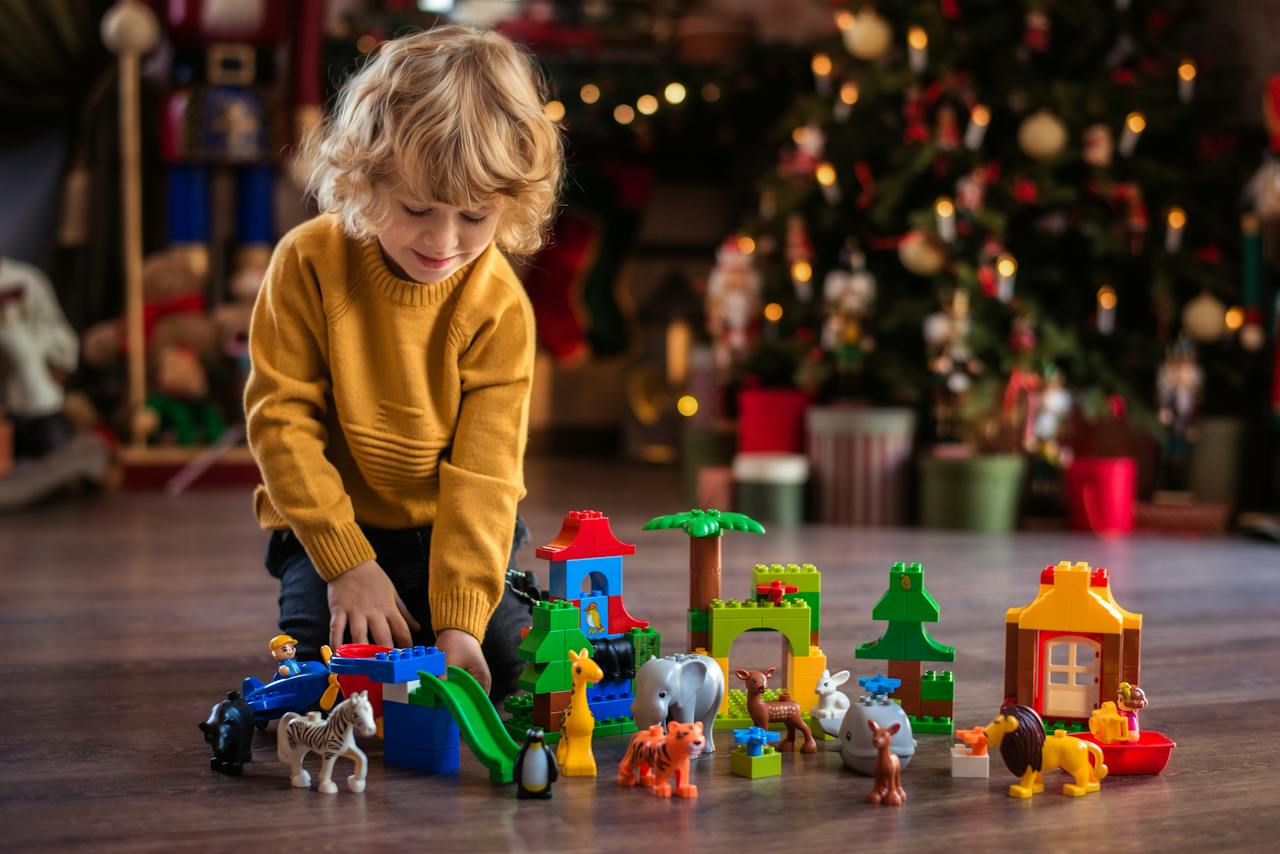
In the delicate interplay of comprehension and unleashing the inherent capabilities within Autism Spectrum Disorder, Floortime Play Therapy arises as the empathetic director, coordinating a harmonious interweaving of connection and progress. Each subtle movement becomes a catalyst for transformation in the evolving composition of a child’s development.
Dr. Greenspan
How Floortime Works
Floortime sessions typically last around 20 minutes and can be led by parents, guardians, therapists, or even older siblings of autistic children. While many Floortime therapists are trained as occupational therapists, the training process is open to anyone interested.
These sessions are flexible in terms of location, occurring in offices, playgrounds, living rooms, or any setting that allows for open-ended play and interaction. While one-on-one sessions between an adult and a child or teen are common, Floortime can also be conducted with multiple autistic children or adults.
During a session, a therapist observes and engages with the child, aiming to establish and strengthen circles of communication. A circle of communication includes any form of action and response, whether verbal or non-verbal, as long as there is communicative intent.
Central to Floortime is the idea that the adult or sibling should engage with the autistic child based on their interests and actions, even if those actions may seem devoid of obvious content or purpose. For many young autistic kids, the initial step is drawing their attention outward and encouraging any form of engagement with another person.
Examples of Floortime Play:
- A child aimlessly opening and closing a door prompts their guardian to hide behind it, saying “Boo!” The child, amused, repeats the action to elicit the same response.
- A child lines up trucks on the floor, and a guardian rolls one backward and forward, making vrooming noises. The child reaches for the truck, but the guardian playfully hides it under their hand. The child lifts the hand to retrieve the truck and places it back in line.
Building Capacities:
As sessions progress and the child becomes more interactive, therapists can escalate the complexity of interactions to work toward specific goals termed as “capacities.” These capacities include:
- Self-Regulation and Interest in the World
- Engaging and Relating
- Purposeful Two-Way Communication
- Complex Communication and Shared Problem Solving
- Using Symbols and Creating Emotional Ideas
- Logical Thinking and Building Bridges Between Ideas
- Multiple Perspectives
- Gray Area Thinking
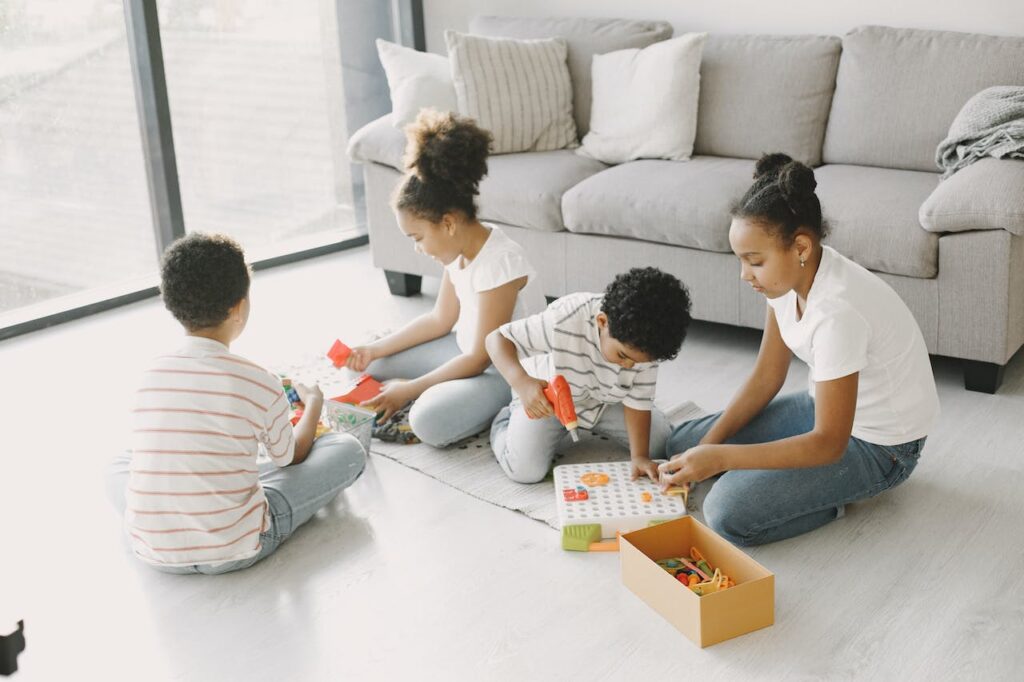
Originally, there were six capacities, but as autistic individuals mastered them, additional capacities were introduced for older children and adults. Progression between Floortime levels varies for each child, with many transitioning between capacities based on their unique developmental trajectory. For instance, a child may excel in symbolic play but encounter challenges in purposeful communication and problem-solving.
Research and Effectiveness
Behavioral therapies often have clearly defined and measurable goals, making it easier to assess a child’s progress by quantifying specific behaviors. In contrast, developmental therapies like Floortime present a unique challenge in evaluation due to the individualized nature of each child’s experience and progress. Floortime aims for goals such as joyfulness, playfulness, and creativity, which are more subjective and challenging to measure.
Despite the difficulty in measuring success, studies on the Developmental, Individual Difference, Relationship-Based model of intervention (DIR/Floortime) generally indicate its effectiveness, especially in enhancing social communication skills and engagement. Additionally, it serves as a valuable tool for strengthening parent-child connections.
Pros and Cons of Floortime
Pros:
- Accessible for Parents: Parents can become Floortime therapists with minimal training.
- Relationship Building: Effective for building emotional connections.
- Portability: Can be implemented almost anywhere.
- Meaningful Interaction: Facilitates the development of meaningful human interaction.
- Safety: Considered a very safe activity.
Cons:
- May Need Supplementing: Not always sufficient, especially for children with higher support needs.
- Limited School Implementation: Few schools are willing to adopt Floortime, with Applied Behavioral Analysis (ABA) still being the preferred choice for many experts.
- Insurance Coverage: Rarely covered by insurance, and hiring a therapist can be expensive.
- Time-Consuming: Requires time, patience, and energy for implementation.
Alternatives to Floortime
- Relationship Development Intervention (RDI): Focuses on activities to encourage social relationships.
- The PLAY Project: Early intervention program for parents and kids aged 18 months to 6 years.
- Naturalistic Applied Behavioral Therapy: Encourages positive behaviors in the child’s natural environment.
Getting Started with Floortime
- Select a Comfortable Space: Find a space where both you and the child feel at ease.
- Videotape Sessions: If possible, record initial sessions to assess effective methods.
- Set a Timer: Limit sessions to 20 minutes.
- Observe and Join: Observe the child, then join them in their activities.
- Be Patient: Building trust takes time.
- Playful Obstruction: Playfully obstruct the child’s activities to grab their attention.
- Use Interactive Toys: Ensure the space is stocked with fun and interactive toys.
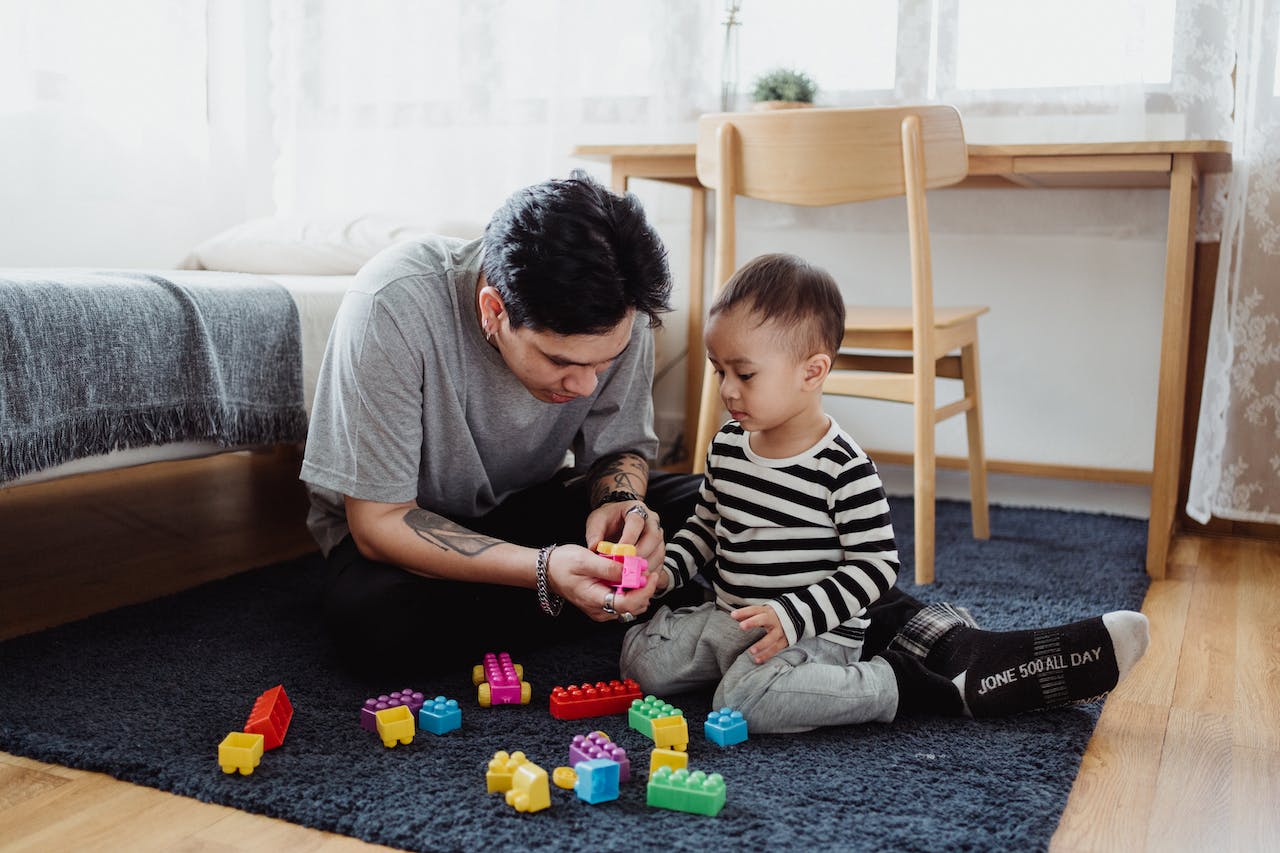
Finding a Therapist for Floortime Play Therapy
Locate a Floortime therapist through the Interdisciplinary Council on Developmental and Learning Disorders (ICDL) website. Even if planning to provide therapy independently, working with an expert can be beneficial. Therapists can help set goals, structure programs, provide guidance through observation, model techniques, suggest ways for progression, and troubleshoot challenges.
Conclusion
Floortime Play Therapy is just one of several approaches for autistic children to build skills and connections. While it offers unique pros, including parent involvement and emotional benefits, and has cons such as limited school adoption and potential cost issues, it’s crucial to explore additional therapies. Combining developmental programs like Floortime with behavioral therapies often provides a more comprehensive and well-rounded approach to supporting a child’s development.
Source
- Weider, S., & Greenspan, S. (2006). “The Child with Special Needs: Encouraging Intellectual and Emotional Growth.” Da Capo Lifelong Books.
- Greenspan, S. (1998). “The Growth of the Mind: And the Endangered Origins of Intelligence.” Da Capo Press.
- Greenspan, S., & Wieder, S. (1997). “Engaging Autism: Using the Floortime Approach to Help Children Relate, Communicate, and Think.” Da Capo Press.
- Greenspan, S. (2010). “Floortime.” The Interdisciplinary Council on Developmental and Learning Disorders (ICDL).
- Solomon, R., Van Egeren, L. A., Mahoney, G., Huber, M. S., & Zimmerman, P. (2014). “PLAY Project Home Consultation Intervention Program for Young Children with Autism Spectrum Disorders: A Randomized Controlled Trial.” Journal of Developmental & Behavioral Pediatrics, 35(8), 475–485.
- Roley, S. S., & Mailloux, Z. (2002). “Sensory Integration and Praxis Patterns in Children with Autism.” American Journal of Occupational Therapy, 56(5), 489–497. doi: 10.5014/ajot.56.5.489
